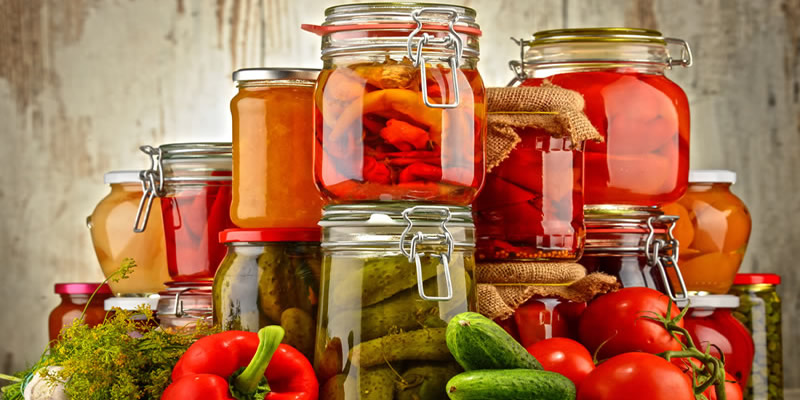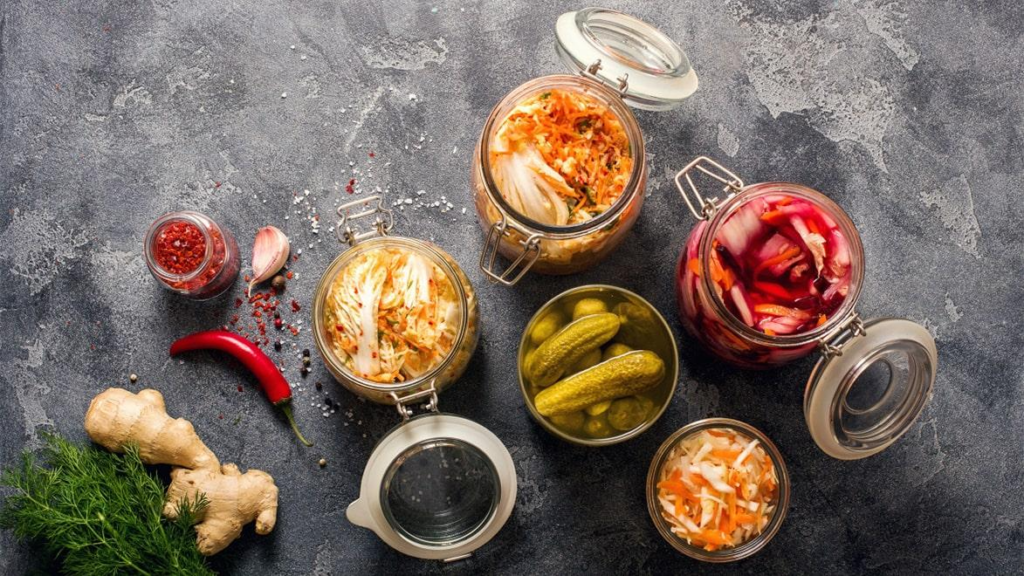
An overflow of fruits and veggies from a bountiful garden or a big shopping binge at the farmers’ market sometimes leaves cooks at a loss for what to do with their bounty. When you learn how to safely preserve foods at home, you may reap the benefits of a bumper crop of fruit or a large pot of chili when you’re rummaging through your cupboard or freezer for a last-minute supper. If you want to enjoy market goods throughout the year, preserving food at home might be a healthy and cost-effective choice.
Storage at a low temperature
Cold food storage is the most basic method of food preservation. It can be found in freezers as well as in chilly, dark places like root cellars, unheated basements, and pantries. Cooling helps to preserve food by reducing the growth of bacteria that cause it to deteriorate. Cooling for food storage was prevalent in root cellars and iceboxes before the invention of the refrigerator. Potatoes, yams, onions, garlic, apples, cabbage, turnips, beets, and carrots are ideal root cellar foods.

Food Dehydration
The elimination of moisture content in meals prevents the growth of bacteria, yeasts, and mold. Sun-drying seeds have been practiced by primitive peoples since ancient times. Electric food dehydrators, ovens, and freeze-drying are now speeding up what was formerly done by sun and air. Fruits, vegetables, legumes, spices, meat, and fish dehydrate well.
Canning
In the 1800s, a French cook regarded as the “Father of Canning,” Nicolas Appert, devised the packing, heating, and sealing procedure that we still use today for food goods. Food is placed in canning jars and heated to a high temperature to remove the germs that cause food to deteriorate. Air is pushed out of the jar during the heating process, and as the cans cool, a vacuum seal forms. High-acid foods, such as fruits and fruit juice, pickled vegetables, salsa, chutneys, vinegar, and sauces, are best canned in a boiling water bath. Water bath canning necessitates a long boiling time at a low temperature to kill the mold, yeast, and enzymes that cause spoiling.
Canning is done under pressure.
Pressure canning, the second most common method of home canning, employs high temperatures (240°F) and special equipment to preserve low-acid items such as vegetables, dairy, meat and fish, legumes, and soups.

Freeze
While keeping fresh flavors and textures, freezing meals require no specialized equipment. Microorganisms and enzymes that cause food decomposition are slowed by freezing. Freeze room temperature items, remove all air from the freezer bag and consume within 6 months of freezing for the best results. Sealing frozen goods in vacuum-sealed containers minimizes ice crystal formation and can increase food shelf life.
Freeze-drying
Freeze-drying is a low-temperature dehydration procedure that involves freezing food and removing the ice by sublimation (the process of turning ice into vapor). This procedure can be used. This process can be performed in a freezer (which can take several weeks), on dry ice, or with modern freeze-dryer equipment (which can take less than 24 hours).

Fermentation
Fermentation is a chemical reaction that occurs under anaerobic conditions in which microorganisms such as bacteria or yeast convert carbohydrates to alcohol or organic acids. Some of our favorite unusual foods are made through this method, including cheese, yogurt, kombucha, sauerkraut, kimchi, and sourdough bread.
Salt and sugar preservation
Before the advent of modern refrigeration, most foods were cured using sugar, salt, or a combination of the two. Salt and sugar diminish the water content of meats, fruits, and vegetables while inhibiting microbial growth. Jams and jellies are common sugar-preserved meals, while salt cod, salt pork, corned beef, and bacon are common foods that can be preserved with salt.

Alcohol
The fruit has been kept in alcohol for centuries. Fruits including peaches, cherries, and apricots were soaked in brandy and given as dessert after a meal in Europe throughout the eighteenth century. Alcohol, like salt and sugar, sucks water out of food, preventing microbial development. This method is excellent for extracts and infused alcohols such as cordials and rumptopf, a German method of storing summer fruit in alcohol.
Pickling with vinegar
Vinegar pickling provides a high-acid environment that kills microorganisms and changes the flavor and texture of food. Cucumber, okra, apples, beets, peppers, carrots, onions, cauliflower, green beans, and plums are pickled with vinegar, salt, and sugar after being heated and applied to fruit or vegetables.

Preserving Olive Oil
Extra-virgin olive oil is a natural preservative that protects food from deterioration by isolating it from the air and creating a seal that can reduce oxidation and mold growth. It is used to keep fresh herbs, vegetables, and fish fresh. When storing vegetables such as garlic, mushrooms, chili peppers, or herbs in oil, keep food safety in mind—these low-acid foods can be a source of bacteria and should be kept in the refrigerator.
